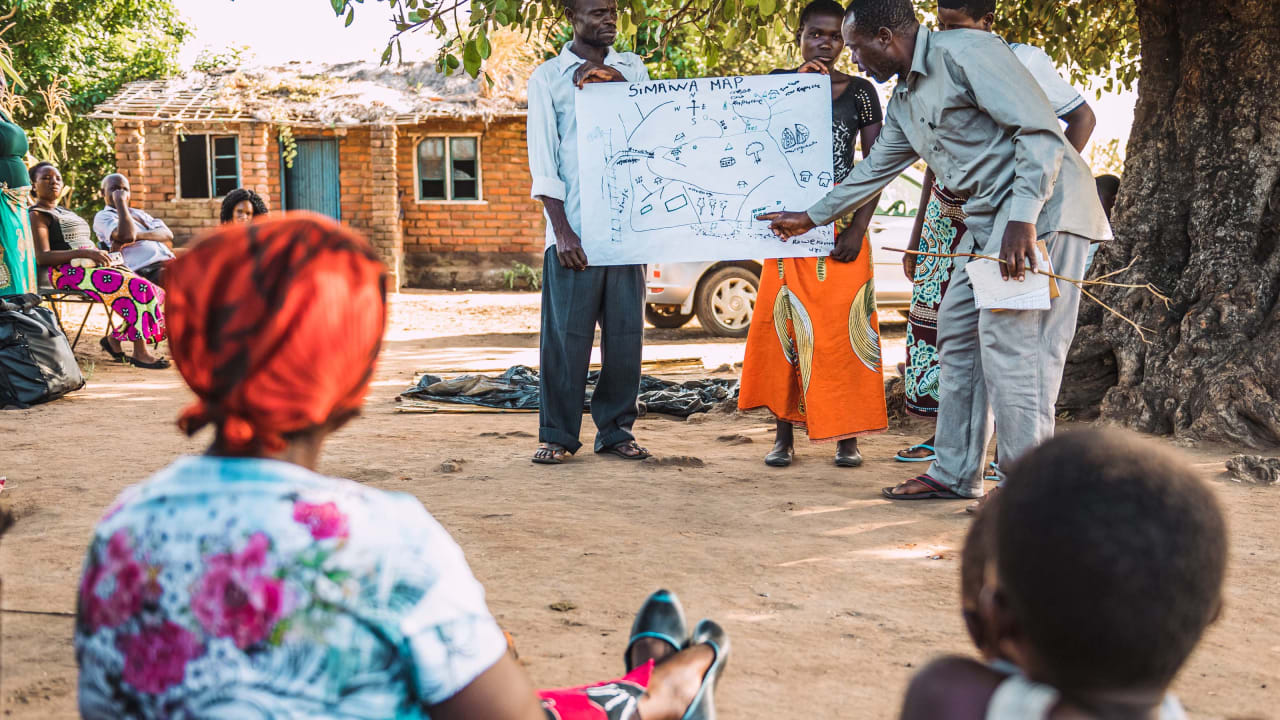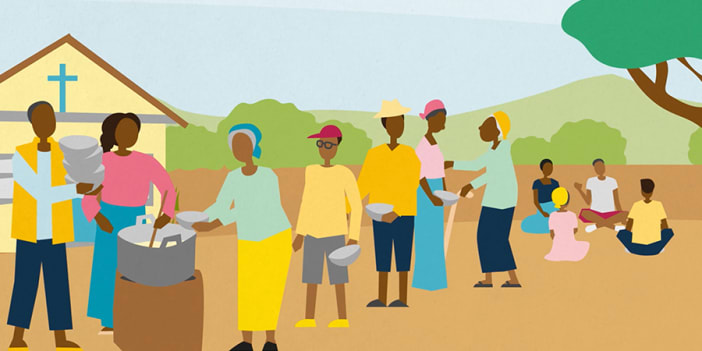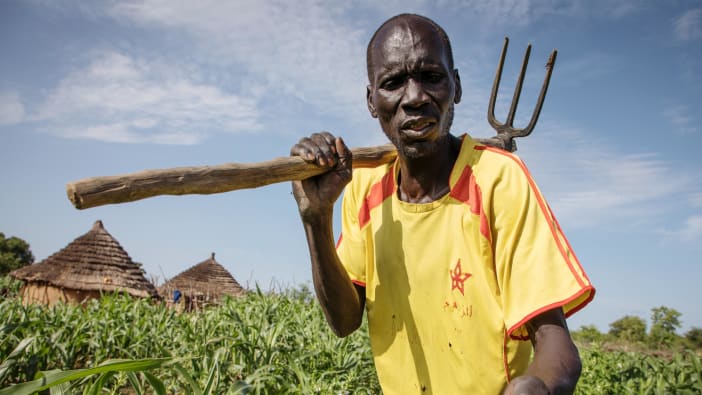Tearfund’s disaster preparedness plan is a seven-step process designed at the country organisational level, as opposed to the community level, which enables us to consider questions that are all too often left until after an emergency has occurred.
By considering these questions in advance it helps to support quality, timely and effective interventions prior to a disaster event. It also gives country teams the chance to invest in capacity development, which is a key part of disaster risk reduction.
In its most basic form, disaster preparedness planning is where we ask ourselves these three basic questions:
- What is most likely to happen in our context? (understanding our context and building our scenario)
- What are we going to do about it? (building our response)
- What can we do ahead of time to get prepared? (building our preparedness plan)
Disaster preparedness planning can be done for a country as a whole on an annual basis, or specifically when the impact of a potential hazard is imminent (eg deteriorating security conditions; hurricane/cyclone seasonal warnings).










